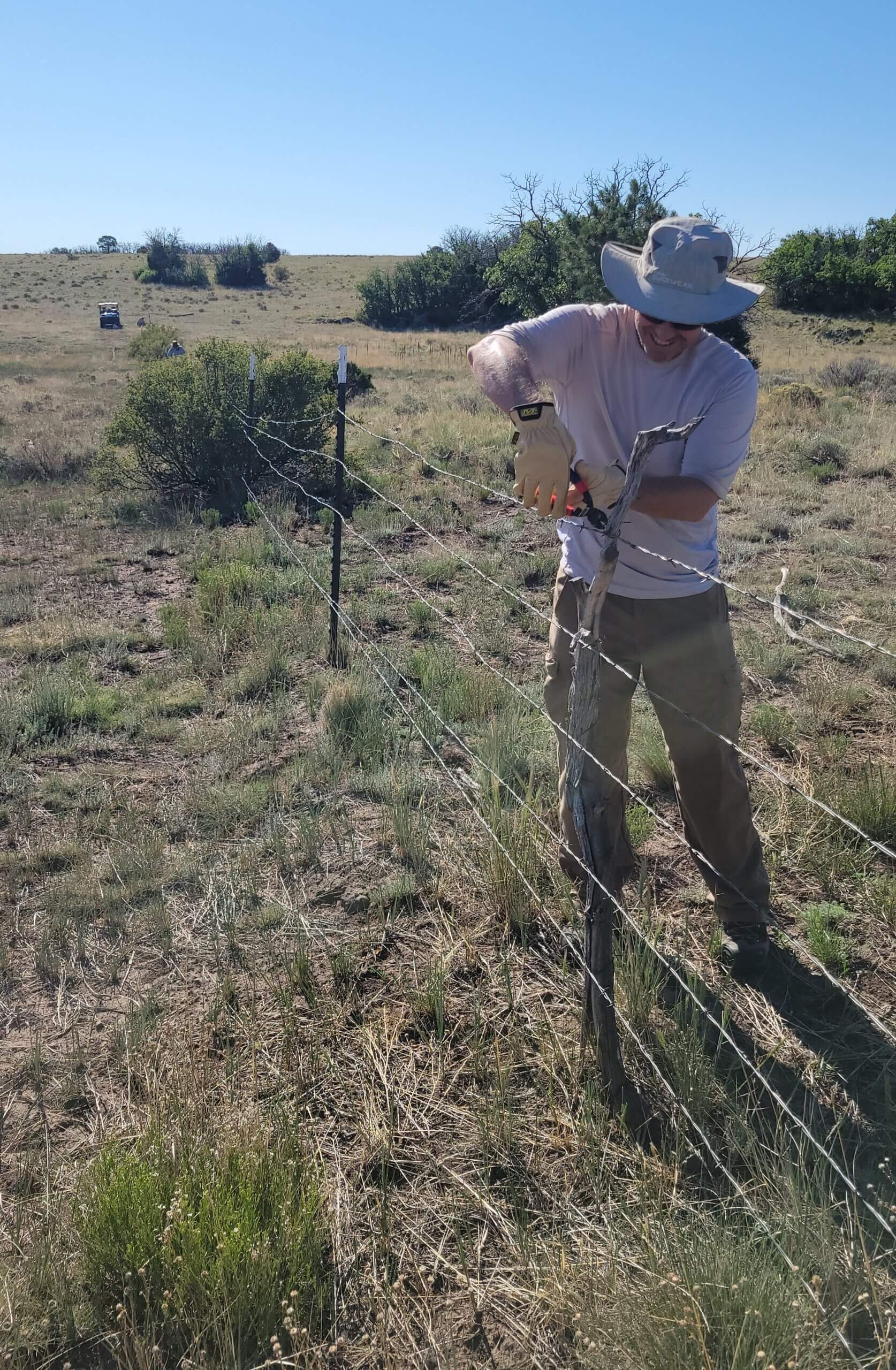The Rocky Mountain Elk Foundation took part in the 2025 Deer and Elk Workshop, held June 16-19 in Nanaimo, B.C., Canada. The international conference, hosted by the Western Association of Fish and Wildlife Agencies, brought together wildlife professionals from across western North America to share cutting-edge research and management strategies for deer and elk.
It featured more than 60 scientific presentations on deer and elk ecology and management, with topics spanning population monitoring, habitat management, predator-prey dynamics, chronic wasting disease, genetics, urban wildlife management and new camera- and GPS-based technologies.
“The workshop reinforced the value of cross-jurisdictional science and management partnerships—precisely the work we’re striving for at RMEF and seek to expand,” said Karie Decker, RMEF director of wildlife and habitat.
The 2025 theme was “Modernizing deer and elk management in the face of changing values, technologies, diseases, and habitats.” RMEF Wildlife Research Lead Heather Abernathy delivered one of the featured addresses. Below is the summary of a scientific presentation about a challenging elk issue in New Mexico, one which RMEF is working to help rectify.
Adaptive Management on the Mountain: Recovering the Mount Taylor Elk Herd
Mount Taylor, a volcanic peak rising from the mesas of western New Mexico, is home to a unique “sky island” elk herd that depends on high-elevation summer range surrounded by piñon-juniper woodlands and sagebrush flats. But in 2012, this herd began a sharp and sustained decline in calf recruitment and harvest opportunity—triggering an all-hands-on-deck response by the New Mexico Department of Game and Fish.
Travis Zaffarano, elk program manager for the New Mexico Department of Game and Fish (NMDGF), highlighted the agency’s adaptive management efforts to reverse this decline. Through a multi-pronged approach combining habitat improvements, predator management, land acquisition and a detailed, five-year calf mortality study, the state is working to stabilize and grow the herd. Targeted actions include expanding summer range, modifying fencing, managing predators and improving habitat on adjacent federal lands through interagency cooperation.
Zaffarano (see photo at top of post) emphasized the importance of partnerships in moving the needle for elk conservation. Support from organizations like RMEF helped enable land acquisition and on-the-ground improvements, including recent volunteer-led fence removal events, and habitat stewardship and wildlife management research grants. RMEF has long invested in understanding the interplay between nutrition, predation and habitat quality across elk country, including New Mexico, supporting projects on forage restoration, predator impacts and elk nutritional condition. Most recently, RMEF supplied $50,000 in grant funding to NMDGF to help cover GPS collar and capture costs for an upcoming research project. A large wind-energy development is planned on private land next to the L-Bar/Marquez Wildlife Management Area, which provides important calving habitat for the Mount Taylor Elk Herd. Researchers hope to determine potential impacts the development has on calving. While the Mount Taylor elk herd still faces challenges, early signs suggest these investments are paying off. Recruitment is improving, and the groundwork is being laid for the long-term recovery of this isolated but iconic population.
While the Mount Taylor elk herd still faces challenges, early signs suggest these investments are paying off. Recruitment is improving, and the groundwork is being laid for the long-term recovery of this isolated but iconic population.
The 2026 Eastern Elk Workshop will take place in Kentucky.
(Photo credit: Rocky Mountain Elk Foundation)